When the image of education was first conceived, the underlying idea was to expose man to a new knowledge system — formal or informal — that worked, however complex. It was this philosophy that evoked what could be described as an educational renaissance in that period, which sparked off a revolution that we still feel today. The idea was simple. What the early educationalists did was to follow a systematic learning pattern that they envisioned as a future breakthrough for mankind and stuck to it.

Like the early educationalists, though then under a different circumstance and now at a time when the world is on her feet as a result of a global health scare, the Anambra state government has set a new golf ball that has redefined the concept of teaching in classrooms. The Anambra Teaching On Air, a live teaching format through multi-terrestrial channels that avail both primary and secondary school students — who have been forced to stay away from schools as a result of the coronavirus outbreak — a typical classroom learning experience remains, perhaps arguably, the most practical standout educational policy adopted by any state government in Nigeria before or at this time.
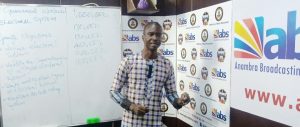
Extremists might argue that the arrangement suppresses the usual classroom aura and buzz or that the model should have come ordinarily and not as a matter of contingency. However the arguments emerge, the Anambra Teaching On Air has achieved a greater percentage of the cardinal goals of learning.
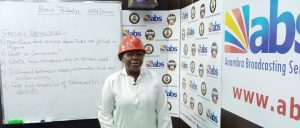
And at a time like this, when the world’s eyes and mind are stuck on the ravages of COVID-19, it is rather ingenious that such innovation has crossed the mind. While the teaching on air platform adopts subjects in the current teaching manual for both primary and secondary schools, students at home who listen or watch through any convenient electronic device get to call in and ask questions to which the presiding teacher responds. This arrangement has helped keep the children busy with their books, away from the cusps of hopelessness and reduced, to a greater margin, the rates of petty social decadence which are akin with times like this.
The Anambra Teaching on Air cuts a deep uniqueness in different views. Most obvious is its reach to thousands of students scattered across Anambra State, even some neighboring states and all parts of the world. This multilateral reach makes the model effective, commonplace and indispensable. Another unique thing about the model is the fact that even semi-literates and adults who have lost touch of classrooms and books have had their interests in learning reinvigorated.
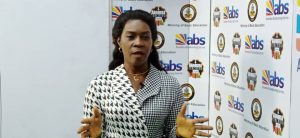
The clothes and footwear traders at Onitsha and Ochanja Main markets, the Spare parts dealer at Nkwo Nnewi market, as well as the vegetable vendor at Eke Awka market have all re-discovered the missing piece in their longtime passion of education. Just as primary and secondary school students are glued to their radio or television sets, live streaming on Facebook, twitter or instagram or watching on YouTube for the teaching periods, parents are also keen to follow the timetable on the go.
Policies like the Anambra Teaching On Air have been proven over time to rekindle desires and set a pace for institutional change. It is important, therefore, that the government and architects of the policy make plans to incorporate the process in post-COVID-19 academic blueprints in Anambra state. This process must also be adopted into and made mandatory in national education roadmaps.
The Anambra Teaching On Air cannot afford to be left to the pity of the shelf immediately the coronavirus is gone. Teaching on air might not be a perfect substitute for face-to-face classroom session, but it affords everyone, not just the students, the chance to learn too. It gives a different feeling and satisfaction, and opens up the minds and mentality of the audience to a new kind of learning that breaks boundaries and deadlines. The policymakers must understand these things, if the model must make it pass the COVID-19 boundary.



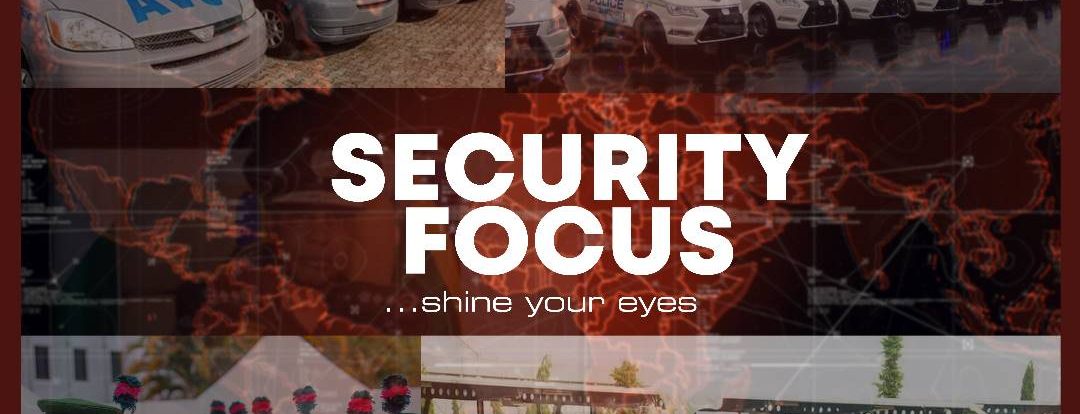
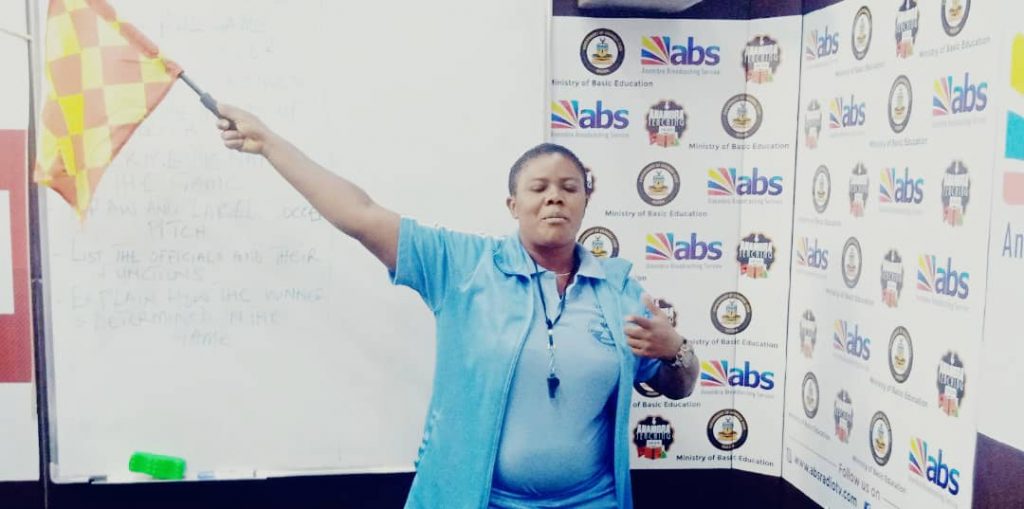
Comments are closed for this post.